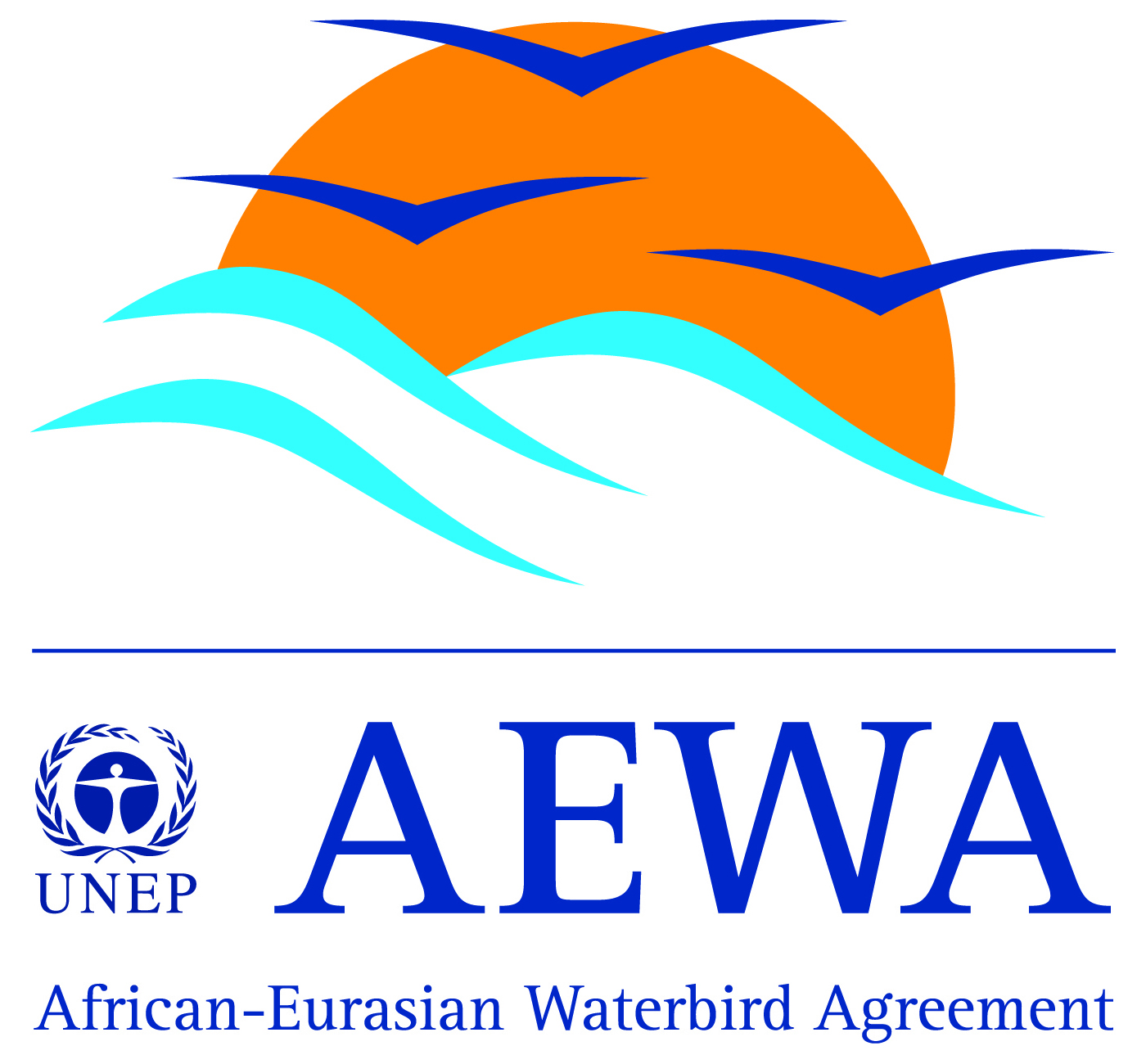Marine reserves reduce risk of climate-driven phase shift by reinstating size- and habitat-specific trophic interactions
-
Published source details
Ling S.D. & Johnson C.R. (2012) Marine reserves reduce risk of climate-driven phase shift by reinstating size- and habitat-specific trophic interactions. , 15.
Published source details Ling S.D. & Johnson C.R. (2012) Marine reserves reduce risk of climate-driven phase shift by reinstating size- and habitat-specific trophic interactions. , 15.
Actions
This study is summarised as evidence for the following.
| Action | Category | |
|---|---|---|
|
Designate a Marine Protected Area and prohibit all types of fishing Action Link |
|
-
Designate a Marine Protected Area and prohibit all types of fishing
A replicated, site comparison study in 2004 in two rocky reef areas in the Tasman Sea, Australia (Ling & Johnson 2012) found that marine protected areas prohibiting all fishing (no-take reserves) had more spiny rock lobsters Jasus edwardsii compared to fished areas outside the reserves. After 12 and 33 years, average lobster abundances were higher inside the two reserves (12 years: 0.8; 33 years: 1.7 lobsters/100 m2), compared to outside where lobsters were absent (0 lobster/100 m2). Maria Island Marine Reserve was established in 1992. Crayfish Point Marine Reserve was established in 1971. Abundance of lobsters bigger than 140 mm carapace length was recorded along six 50 × 4 m transects during 15 min standardized timed-searches (six inside and six outside each reserve).
(Summarised by: Anaëlle Lemasson)
Output references
|
|





)_2023.JPG)














